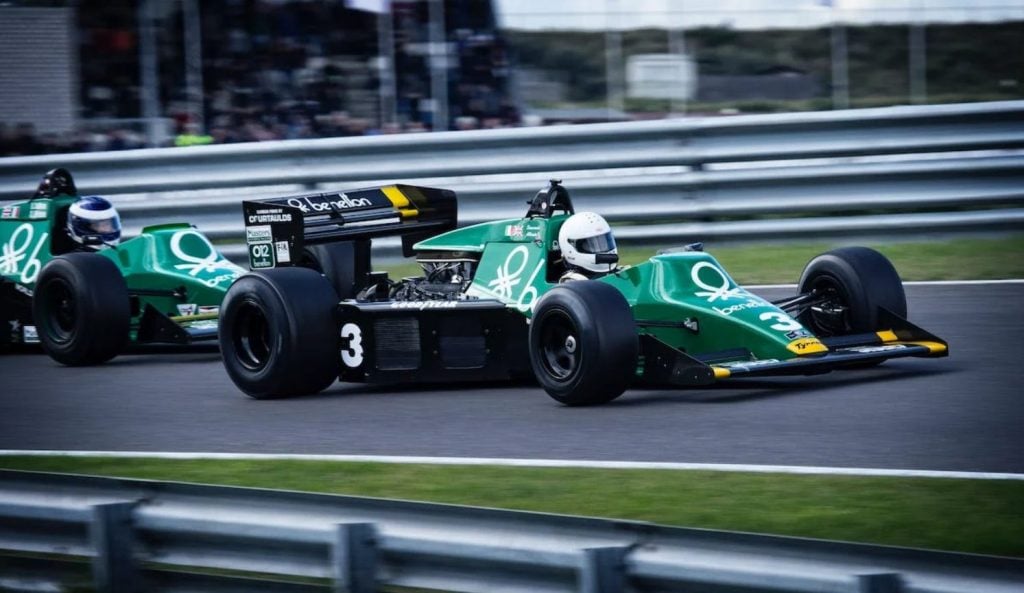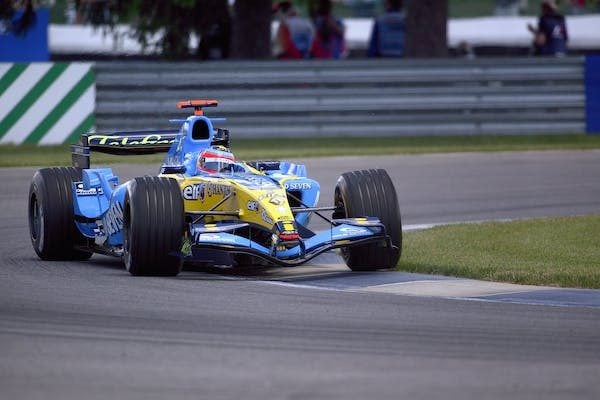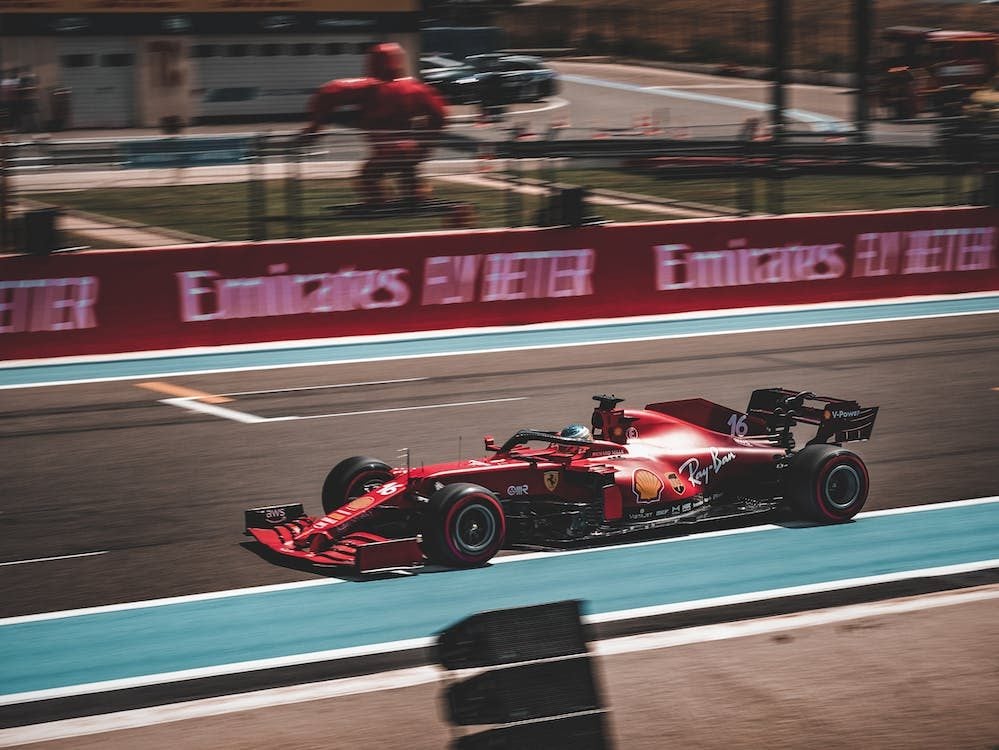BLOGS
Formula 1 Racing Guide: 10 Things You May Not Know
Formula 1 racing is a world-renowned motorsport that captivates millions of fans around the globe. While the sport’s high-speed action and iconic races are widely known, there are numerous intriguing facts and lesser-known aspects of Formula 1 that should be explored.
In this Formula 1 racing guide, we’ll delve into ten things you may not know about Formula 1 racing, shedding light on its history, technology, and unique characteristics. Read on to know more about the Formula One car, the actual race, safety concerns, and the world drivers championship.
1. The Aerodynamics of the Formula 1 Race Car
Formula 1 cars are engineering marvels, designed with intricate aerodynamics to maximize downforce and reduce drag. The cars’ wings, diffusers, and bodywork are meticulously crafted to manipulate airflow, enabling them to stick to the track even at high speeds. The quest for aerodynamic efficiency is a never-ending pursuit, and teams invest substantial resources in wind tunnel testing and computational fluid dynamics.
2. The Origin of the Name “Formula 1”
The name “Formula 1” comes from the set of regulations governing the construction and performance of the cars. The “formula” outlines the rules and standards that all participating teams must follow. The number “1” signifies that it’s the premier class of single-seater racing. These regulations are defined and periodically updated by the Fédération Internationale de l’Automobile (FIA), the sport’s governing body.

3. Cost of Competing
Next in this guide to Formula 1 racing is the expenses. Participating in Formula 1 is exceptionally expensive. Teams invest massive budgets in research, development, and operation. Top teams can spend hundreds of millions of dollars annually, with the bulk allocated to research, testing, and engineering. This financial commitment plays a pivotal role in the sport’s structure and competitiveness, often creating a divide between the wealthiest and smaller teams. This shouldn’t be an issue to those who can afford beautiful luxury condominium or luxury homes in the Philippines, like Brittany homes.
4. Incredible Steering Wheels
Formula 1 steering wheels are intricate control centers, equipped with buttons, knobs, and switches that allow drivers to make real-time adjustments to the car’s settings. These adjustments include changes to engine mapping, brake balance, and activation of the Drag Reduction System (DRS) for increased straight-line speed. Drivers must master these complex steering wheels to maximize their car’s performance.
5. Fuel Efficiency and Hybrid Power
Despite the high speeds and powerful engines, Formula 1 cars are remarkably fuel-efficient. Since the introduction of hybrid power units in 2014, the sport has pushed boundaries in fuel efficiency and hybrid technology. These cars can cover considerable distances on a small amount of fuel, contributing to sustainability efforts in motorsport.
6. Unforgiving G-Forces
Formula 1 drivers endure extreme g-forces during races. When braking and cornering, they experience forces of up to 6G, meaning their bodies weigh six times their normal weight. This places immense physical strain on the drivers, requiring them to be in peak physical condition to withstand these forces throughout a race.

7. Fastest Pit Stops in Motorsport
Formula 1 pit stops are rapid and highly choreographed. A well-executed pit stop can last less than 2 seconds, including tire changes, fueling, and adjustments. Highly trained pit crews perform these lightning-fast operations, contributing significantly to a team’s race strategy.
8. The Global Grand Prix Circuit
Formula 1 is a truly global sport, with races held on five continents. It features iconic circuits such as Monaco’s narrow streets, Monza’s high-speed straights, and the modern marvel of Yas Marina in Abu Dhabi. Each track offers unique challenges and showcases different aspects of the sport.
9. Historical Racing Legacy
A Formula 1 racing guide will not be complete without the big names in the industry. It has a rich history dating back to the 1950s, with legends like Juan Manuel Fangio, Ayrton Senna, and Michael Schumacher leaving indelible marks on the sport. The historical significance and tradition of Formula 1 contribute to its enduring appeal, with fans worldwide appreciating the heritage and evolution of the sport.
10. Innovation and Development Race
Formula 1 is a relentless battle of innovation. Teams continuously work to improve their cars, searching for innovative solutions to gain a competitive edge. This includes advancements in aerodynamics, tire technology, and materials, all aimed at enhancing the car’s performance. The sport is as much about technological advancement as it is about driving skill.
These ten insights shed light on Formula 1’s complexity, from the art of aerodynamics to the intense physical demands on drivers. The sport’s rich history, global reach, and relentless pursuit of innovation make it an enthralling and multifaceted spectacle. Formula 1’s ability to combine cutting-edge technology with human excellence is a testament to its enduring appeal and universal popularity.

Formula 1 Racing Guide: FAQs
Here are some frequently asked questions (FAQs) about the sport, to supplement this guide to Formula 1 racing:
1. How many teams and drivers are there in Formula 1?
Formula 1 typically has ten teams, each fielding two drivers, resulting in a total of 20 drivers on the grid for most races. The number of teams and drivers can vary over the years due to team changes and regulations. It would be fun to root for your team while watching a race in your luxury condo or luxury house and lot in the Philippines. Brittany Corporation has some of the best luxury real estate offerings in the country.
2. Where are Formula 1 races held?
Formula 1 races are held at various circuits worldwide. The calendar includes both traditional and modern circuits. Iconic races like the Monaco Grand Prix, Italian Grand Prix at Monza, and the British Grand Prix at Silverstone are some of the highlights.
3. How is the Formula 1 World Champion determined?
Next in this Formula 1 racing guide is how to win. The F1 World Champion is determined based on a points system. Drivers and teams accumulate points throughout the season based on their World Championship race results. The driver and team with the most points at the end of the season are crowned winners of the World Championship.
4. What is the role of the Fédération Internationale de l’Automobile (FIA) in Formula 1?
The FIA is the governing body of motorsport, including Formula 1. It is responsible for setting and enforcing the rules and regulations of the sport, ensuring safety standards, and overseeing the fair conduct of races.
5. What are the different types of tires used in Formula 1?
Formula 1 cars use different tire compounds, including soft, medium, and hard, with varying levels of grip and durability. These compounds are chosen based on the track conditions and strategy for each race.
6. What is DRS in Formula 1?
DRS, or Drag Reduction System, is a technology introduced in Formula 1 to enhance overtaking opportunities. When a pursuing driver is within a specific distance of the car in front, they can activate DRS to reduce aerodynamic drag and increase their speed on straights.

7. How fast do Formula 1 cars go?
Formula 1 cars can reach speeds of over 220 mph (354 km/h) on the fastest circuits when the drivers race. The actual top speed can vary depending on the track and aerodynamic setup.
8. What is the purpose of the Safety Car in Formula 1?
The Safety Car is deployed during a race when there is an accident, debris on the track, or other safety concerns. It neutralizes the race by leading the cars at a controlled speed until the track is safe for racing to resume.
9. Why do Formula 1 teams have two drivers?
Formula 1 teams typically have two drivers to compete in each race. This provides teams with more data and opportunities to earn points, and it adds an extra layer of competition to the sport.
10. How do Formula 1 pit stops work?
Pit stops are a crucial part of Formula 1 strategy. During a pit stop, a car comes into the pit lane, where the team changes tires, makes adjustments, and refuels (if needed). A well-executed pit stop can make a significant difference in a race.
11. What are the technical regulations in Formula 1?
Formula 1 has detailed technical regulations that cover the specifications of the cars, including engine power units, aerodynamics, and safety features. These regulations are designed to ensure fairness and safety in the sport.
12. What is a qualifying session?
This is the last point in this guide to Formula 1 racing. A qualifying session in Formula 1 is a critical part of a race weekend where drivers compete to determine their starting positions on the grid for the upcoming race. The primary purpose of the qualifying session is to establish the grid positions before the actual race begins, with the fastest driver securing the pole position, which is the front row of the grid. Typically there are three sessions: Q1, Q2, and Q3.

Brittany Homes: Fit for Formula One Racers
Formula one racing is not for everyone. It is for the few people who can afford the sport, s it can be a costly one, as previously mentioned in this Formula 1 racing guide. This is why it tends to attract members of the elite, those who have the means to invest in formula one cars and luxury real estate. And owners should never let their homes pale in comparison to their rides.
If you are interested in a luxury condo, luxury condominium, or a luxury house and lot in the Philippines, then make sure to check out Brittany Corporation. They offer luxury homes in the Philippines that are sure to impress even other drivers in the sport.
Watching the sport on a big screen is also a worthy pastime, so get yourself a luxury house and lot in the Philippines that is spacious enough for a home cinema, just like Brittany homes. A luxury condo in Baguio or a luxury condominium in Tagaytay do not sound so bad either.
When choosing luxury homes in the Philippines, choose only Brittany Corporation. For luxury real estate updates, follow them on their social media pages: Facebook, LinkedIn, YouTube, and Instagram.
Suggested Read: How To Stay Safe in your Luxury Vacation Home this Summer
Suggested Read: What Happened at the RM Sotheby’s Grimaldi Forum
Suggested Read: Ideal Bicycle For Your Preferred Location
Suggested Read: From F1 to NASCAR: Motorsport 101
Suggested Read: 10 World-Class Sports to Experience

















